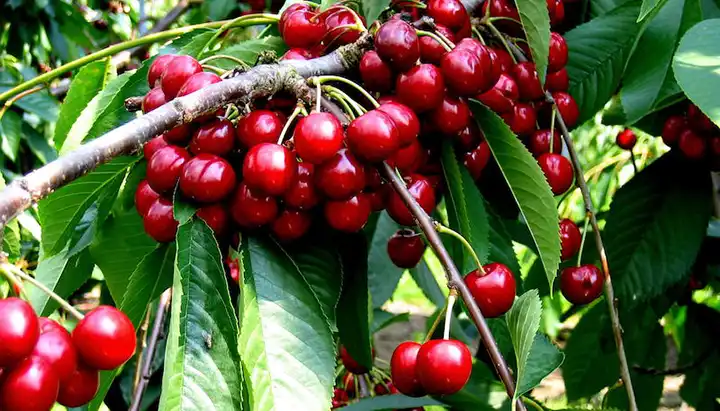Create a Hanging Strawberry Garden with Just a Pipe and Two Secret Ingredients

If you’re a strawberry enthusiast looking to cultivate your own delectable homegrown strawberries but are limited on gardening space, we’ve got the perfect solution for you! In this all-encompassing guide, we’ll take you through the process of establishing a hanging strawberry garden with just a single water pipe, making it both space-efficient and a great conversation piece.
Essential Materials:
- PVC Water Pipe: The fundamental element for this project is a PVC water pipe. Opt for a diameter that aligns with your space and preferences; typically, a 4 to 6-inch diameter suits growing strawberries perfectly.
- Pipe Caps: You’ll need two pipe caps to seal off the ends of the water pipe.
- Drainage Holes: Ensure proper water drainage by creating small holes at the base of both half-pipes.
- Hanger System: A robust hanger system, like hooks or brackets, is essential to support your suspended strawberry garden.
- Compost: High-quality compost provides the necessary nutrients for your strawberry plants.
- Trichoderma: This beneficial fungus safeguards plants from soil-borne diseases and is readily available at most gardening stores.
- Seedlings: Opt for healthy strawberry seedlings from a reputable source.
- Maintenance Supplies: Gather items such as beer (yes, you read that correctly), fertilizer, and any other necessities for your strawberry garden.
Step-by-Step Guide:
- Cut and Seal the Pipe: Horizontally slice the PVC water pipe in half to create two equal half-pipes. Then, seal both ends with pipe caps.
- Establish Drainage Holes: Utilize a drill to fashion small holes at the base of both half-pipes. Ensuring proper drainage is critical to prevent waterlogging, which can harm your strawberry plants.
- Prepare the Hanger: Install a robust hanger system capable of bearing the weight of your suspended garden. Confirm that it’s securely fastened to a sturdy support structure.
- Fill with Compost: Fill the bottom half of the pipe with high-quality compost, leaving ample space at the top for your strawberry seedlings.
- Incorporate Trichoderma: Mix trichoderma into the compost. This beneficial fungus bolsters plant health and guards against soil-borne diseases.
- Plant the Seedlings: Position your strawberry seedlings in the upper half of the pipe, ensuring adequate spacing between them and that the roots are well-covered with compost.
- Water Regularly: Consistent and thorough watering is essential for strawberry growth. Be cautious not to overwater, as it can lead to root rot.
- Maintenance: Regular maintenance is vital for a flourishing strawberry garden. Prune dead leaves and spent flowers to encourage new growth. Fertilize as required to provide essential nutrients, and occasionally add beer to the soil, as it can help deter pests.
- Harvest Your Super Strawberries: As your strawberry plants mature, they will produce delicious, super-ripe fruit. Pluck them as they ripen, and savor the fruits of your labor.
Success Tips:
- Sunlight: Ensure your hanging garden receives 6-8 hours of direct sunlight daily, as strawberries thrive in such conditions.
- Spacing: Mind the spacing between strawberry seedlings to maintain good air circulation and reduce disease risks.
- Pest Control: Regularly inspect your plants for pests and address them accordingly.
- Variety Selection: Choose strawberry varieties suited to your climate and taste preferences.
- Patience: Keep in mind that strawberries may take some time to establish and produce fruit, so be consistent and patient with their care.
Need more help? Watch the video:
With just a single water pipe and a dash of creativity, you can cultivate super-ripe, homegrown strawberries in your very own hanging garden. This innovative approach optimizes space while delivering mouthwatering results. Follow our detailed guide, and soon enough, you’ll be indulging in your homegrown, super-ripe strawberries sure to impress both friends and family. Happy gardening!



















